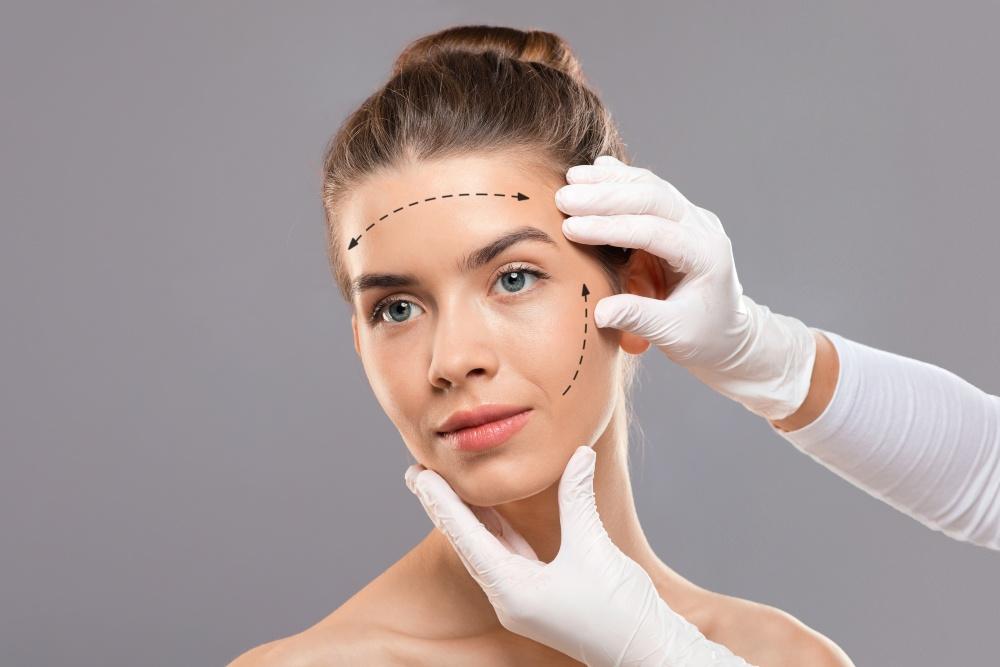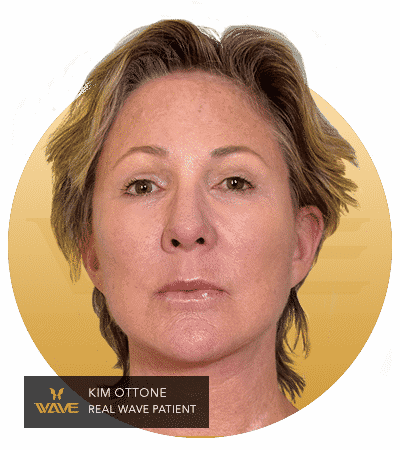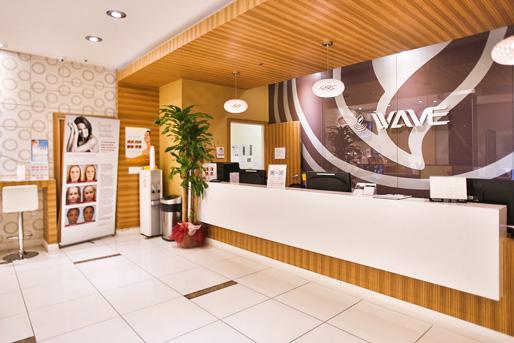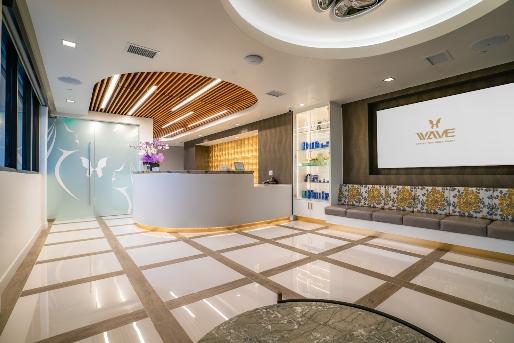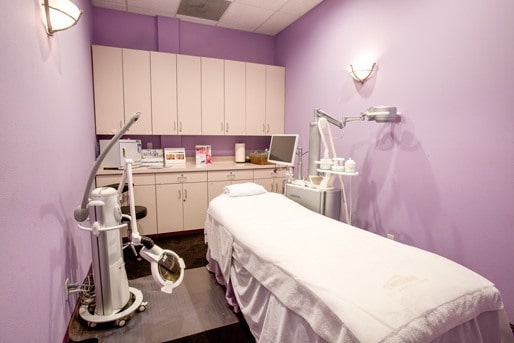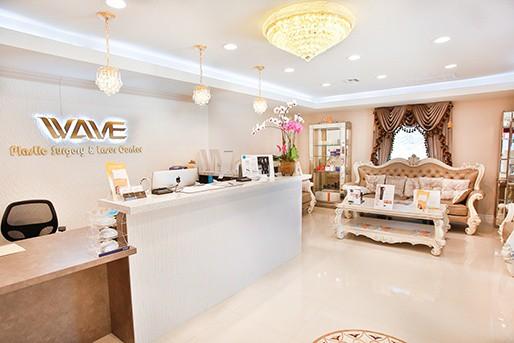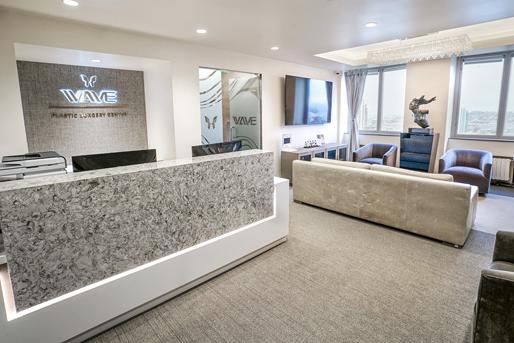Age, sunlight, genetic factors, and gravity impact your face and neck and can make your skin loose and wrinkled. Luckily, you may reverse these effects with a facelift surgery. A facelift takes away decades of aging action to give you a tighter and more youthful face and neck. You can either have a non-surgical or a surgical facelift, depending on your desired outcomes.
Surgical facelifts like the deep plane facelift are gaining popularity due to the long-term nature of their results. In a field full of different solutions to the impact of age, choosing the best procedure can be challenging. This guide helps you decide whether a deep plane facelift is the best solution for your needs.
What is Deep Plane Facelift
A deep plane facelift is a surgical procedure used to restore your youthful appearance and make you feel better about yourself. The surgery allows the surgeon to remove excess skin, tighten, and reshape the principal musculature. The procedure targets the deep plane: an anatomic plane between the Superficial Musculoaponeurotic System (SMAS) complex and the muscles used for facial expression.
Through deep manipulation of the underlying tissues, the deep plane facelift produces natural-looking and lasting results. By acting on the underlying muscles and tissues, a deep plane facelift allows your surgeon to restore cheek volume without using implants.
Difference Between Deep Plane and Traditional Facelifts
Traditional facelift techniques target the skin only. Working on fixing the skin only leaves you with an appearance that looks less natural. However, in the Deep plane, the SMAS complex, deep muscles, and the skin are raised as a unit. The deep plane procedure gives a lasting, smooth, and more natural, youthful look.
When considering the options for a facelift, people may confuse the deep plane with the SMAS facelift. Some people may even use the terms interchangeably since they are both deeply invasive procedures. However, it is important to understand that there are specific differences between the two.
Deep Plane Facelift VS SMAS
When comparing SMAS vs. deep plane facelifts, people notice the following similarities:
- The two procedures are performed under general anesthesia, meaning patients will sleep throughout the process
- Both procedures go deeper than just dealing with the skin to give lasting results
- Patients will get a more natural, youthful look when you choose either of the two procedures
However, a close examination of the two procedures reveals the following differences:
- In the deep plane, the SMAS complex, the deep muscles, and the skin are raised as one unit. The SMAS technique, on the other hand, works the skin and the SMAS complex separately.
- The deep plane technique goes beyond the SMAS complex to the ”deeper plane,” while the SMAS procedure is less invasive. SMAS does not act on the deeper muscles but targets the skin and the SMAS complex.
- The SMAS technique is easily customized to the needs of the client. However, the technique works well for younger people. The deep plane facelift procedure is more invasive and recommended for patients with pronounced lines, creases, and folds.
Who is a Candidate for Deep Plane Facelift?
People are a candidate for a deep plane facelift if they want to reverse significant signs of aging. A deep plane facelift helps people deal with visible folds and volume reduction in their cheeks. People advanced in age may have more pronounced folds in their skin. However, genetic defects or exposure to ultraviolet rays may accelerate the visible signs of aging.
An ideal candidate for a deep plane facelift should also be in good health. Patients may not benefit from a deep plane facelift if they are at risk of developing a condition known as Hematoma.
Hematoma is a condition that leads to blood collecting and pooling under the skin. A patient with a hematoma may experience a spongy and rubbery feel on the skin.
The risk factors of hematoma may include:
- A body mass index (BMI) greater than 25
- A systolic blood pressure (SBP) greater than 150 mm Hg.
Despite the limiting factors listed above, only a surgeon should discourage the deep place facelift. If they desire a youthful appearance but are concerned about their health status or the safety of the procedure, they should schedule a consultation.
What to Know About Deep Plane Facelift
Like any other invasive surgery, there are a few issues potential patients need to understand before the procedure. First, people need to schedule a consultation with a certified plastic surgeon. During the consultation, the surgeon assesses eligibility for the surgery and gives the patient a date.
Patients will go through the preparation phase, including the administration of general anesthesia. A deep plane facelift takes around two to four hours. However, it should be expected to be in the operating room for at least four hours.
The recovery time is longer than in other facelift procedures. If someone schedules a facelift, they may require a plan on who takes over responsibilities while recovering. They may have to cancel work or social activities if they do not have an elaborate plan. However, patients should expect to resume some activities in two weeks.
A deep plane facelift is an inpatient procedure. Patients may have to spend some time at the hospital for observation. That means they may require a friend or family member to drive them to and from the hospital.
Do the Benefits of Deep Plane Facelift Fade with Time?
The youthful and rested appearance you get from a deep plane facelift takes about 10 to 15 years. Depending on your care for the face, patients may not need another facelift for a decade or so.
What Factors Affect Deep Plane Facelift Costs?
Facial rejuvenation with a deep plane facelift is a decision that many make to address the signs of aging. However, understanding the medical expenses associated with this treatment is important. Here are the main factors influencing the cost of a deep plane facelift:
- Surgeon’s Expertise: Surgeons with extensive experience in deep plane facelifts typically charge higher fees, but their expertise ensures an optimal result.
- Geographical Location: Costs can vary based on location, with metropolitan cities potentially charging more than smaller towns.
- Facility Costs: The choice between a hospital, surgical center, or private clinic can impact the overall cost, with each offering varying levels of care.
- Anesthesia: The type and duration of anesthesia administered, coupled with anesthesiologist’s fees, significantly influence overall cost.
- Additional Treatments: Combining a deep plane facelift with other treatments can improve multiple areas, but it will influence the final price.
- Post-Surgical Care: Medications, follow-ups, and post-op necessities, such as compression garments, are also factors to consider during deep plane facelift recovery.
- Technology Used: Advanced medical technologies employed during the procedure will typically adjust the price.
- Consultation Fees: Some surgeons might charge for the initial consultation, contributing to the overall expense.
Is A Deep Plane Facelift Covered by Insurance
A facelift is classified as a cosmetic procedure. Few insurance providers cover cosmetic procedures, so patients have to make out-of-pocket payments. However, the plastic surgeon may offer financing plans to help patients meet the cost of the surgery.
Do You Need a Deep Plane Facelift?
If a person thinks a deep plane facelift could be the solution to the impact of age on their face and neck, Wave Plastic Surgery can help. We offer quality aesthetic treatment to meet your unique needs.
Contact us today to schedule a consultation for your deep plane facelift.





